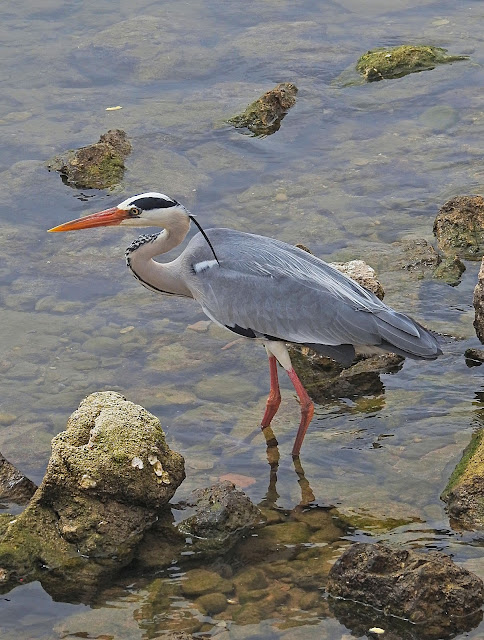This Blog contains Wildlife, Plants and Bird Photos from Walks, Safaris, Birding Trips and Vacations. Most of the pictures have been taken with my Nikon P900 and P950X cameras. Just click on any image for a larger picture. On the right column under the Blog Archive are the entries by date. Below that under Animal categories all the diffent species of Animals, Birds, Insects and Plants contained in the website are listed. Clicking on any entry will show all the entries for that species.
TOTAL PAGEVIEWS
TRANSLATE
Saturday, 23 April 2016
22-4-2016 MONTE CORONA - COAL TIT (Periparus ater)
Friday, 22 April 2016
13-4-2016 MONTE CORONA - WAVED UMBER MOTH (Menophra abruptaria)
Thursday, 21 April 2016
13-4-2016 MONTE CORONA - HOUSE SPARROW (MALE) (Passer domesticus)
Wednesday, 20 April 2016
19-4-2016 VILLALONGA RESERVOIR, VALENCIA - WHITE WAGTAIL (Motacilla alba)
9-4-2016 VILLALONGA RESERVOIR, VALENCIA - SPOTLESS STARLING (Sturnus unicolor)
19-4-2016 VILLALONGA RESERVOIR, VALENCIA - LITTLE RINGED PLOVER (Charadrius dubius)
19-4-2016 VILLALONGA RESERVOIR, VALENCIA - LITTLE EGRET (Egretta garzetta)
19-4-2015 DEAD SEA, ISRAEL - WHITE CROWNED WHEATEAR (Oenanthe leucopyga)
The white-crowned wheatear, or white-crowned black wheatear (Oenanthe leucopyga) is a wheatear, a small passerine bird that was formerly classed as a member of the thrush family Turdidae, but is now more generally considered to be an Old World flycatcher, Muscicapidae.
This large 17–18 cm long wheatear breeds in stony deserts from the Sahara and Arabia across to Iraq. It is largely resident but has occurred as a rare vagrant to western Europe as far away as Great Britain. It nests in crevices in rocks or walls laying 3-5 eggs.
Although most wheatear species have distinctive male and female plumages, adults of both sexes of this species are black except for a white rump and mainly white tail. Full adults have a white crown, not shown by young birds.
The similar black wheatear, Oenanthe leucura, also breeds in the western part of the white-crowned wheatear's range, but the latter has a black inverted T on its white tail, whereas white-crowned has only a black centre to its tail. The black wheatear never has a white crown.
This species mainly eats insects. This wheatear has a loud song, more varied than most of its relatives and often including mimicry.
%2030.jpg)
%2031.jpg)
%2032.jpg)









%2021.jpg)
%2022.jpg)



%2020.jpg)


%2010.jpg)
%2011.jpg)
%2010.jpg)
%2020.jpg)

%20(Passer%20domesticus)%2020.jpg)
%2020.jpg)
%2020.jpg)
%2021.jpg)



%2020.jpg)


